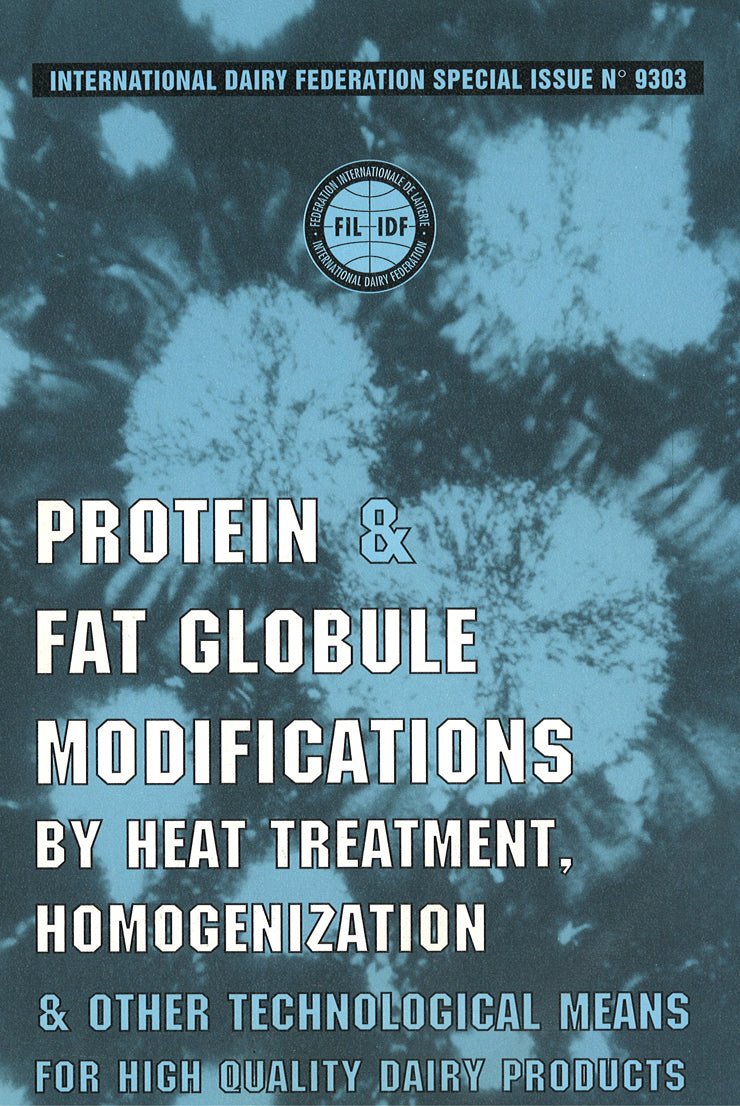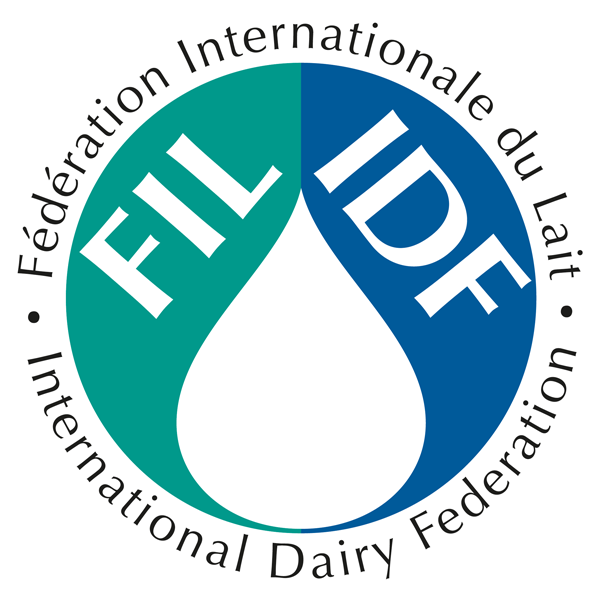Special Issue 9303 - Protein and fat globule modifications by heat treatment, homogenization and other technological means for high quality dairy products
Couldn't load pickup availability
Document info
| pages | 472 |
|---|---|
| published date | 24 March 1993 |
| reference | Special Issue 9303 |
Publication description
Proceedings of the IDF Seminar held in Munich (DE) from 25-28 August 1992
The Proceedings are divided into six sections.
Section 1 deals with the basic knowledge of milk components with regard to specific functional properties. The 10 papers in this section range from a study of the effect of heat on the membranes of natural and synthetic fat globules in whole and homogenized milks, to a characterization study of peptides derived from casein proteolysis.
Section 2 consists of 12 papers dealing with testing methods for the characterization of products. A colorimetric study of fat globule structural modifications in milk handling starts the section, finishing with a method for obtaining information on the extent of the early Maillard-reaction between individual protein-bound lysine residues of ß-casein A and reducing sugars.
Section 3 deals with the effect of heat treatment on milk protein. A number of physical and chemical changes occur in milk proteins during heating which ultimately affect their functionalities in milk products. The eight papers in this section examine the effect of heat treatment on properties such as gel forming characteristics, viscosity and rheology of whey protein.
Section 4 consists of eight papers which examine the effect of heat treatment on milk and milk products. One paper presents a strategy for an optimal process design of heat treatment equipment. Other papers cover heat gelation of whey proteins, effects of processing on the photosensitivity of milk, and whey protein gels with sugar substitutes.
Section 5 deals with homogenization – emulsification – effects with heat treatment. The 10 papers range from the effects of homogenization and heat treatment of skim milk and starter bacteria agglutination and defects in cottage cheese, to a study of the influence of lipase-catalysed interesterification of milkfat on the free fatty acid profile. One paper reviews practical solutions to the effect of homogenization on heat stability and age-gelation in sterilized, concentrated milk and discusses the underlying mechanisms.
Section 6 the largest section, comprising 16 papers, looks at combined processes – new technologies. A new alternative to present fat substitutes by microparticulation of milk proteins by high pressure homogenization is presented, along with an examination of combined ultrafiltration – homogenization for improving the spreadability of butter. The influence of the fat globule on whey exudation from Feta cheese during storage is investigated, and a comparison of different UHT-systems for the production of whipping cream with and without additives is made.
The final paper deals with the in situ build-up, breakdown and rebodying of acid casein gel.
In short the Proceedings provide a summary of the knowledge on the behaviour of milk compounds during processing to produce defined structural characteristics, and present the state of the corresponding technologies and applications, along with discussion for new possibilities.


